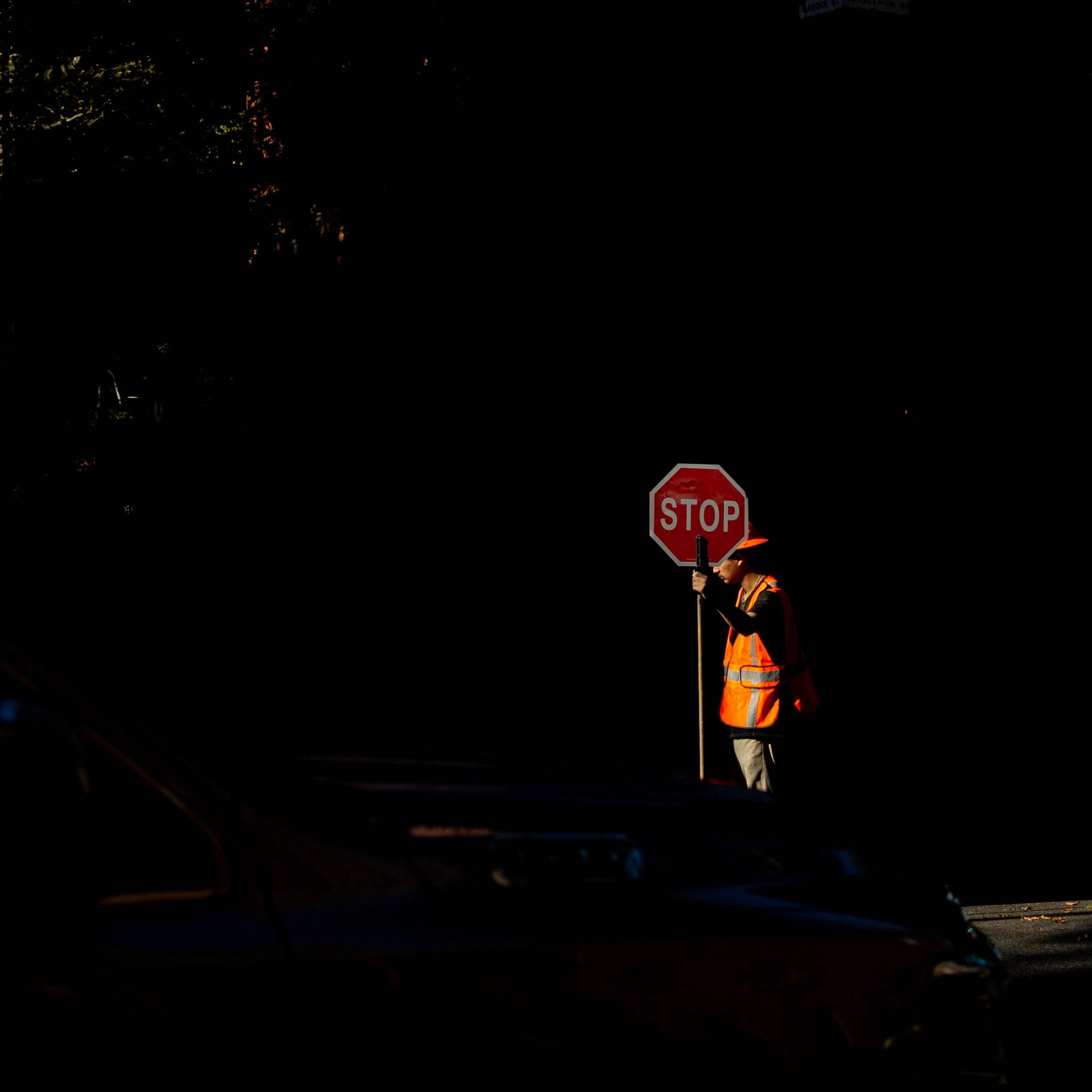
Traffic Control – Public Roads 1 Explain dangers When construction or utility work affects traffic on public roads, there’s a risk both to workers and to ordinary drivers and passengers. The first priority of a traffic control person (TCP) is to protect workers and the public from accident and injury. Identify controls Traffic control persons […]
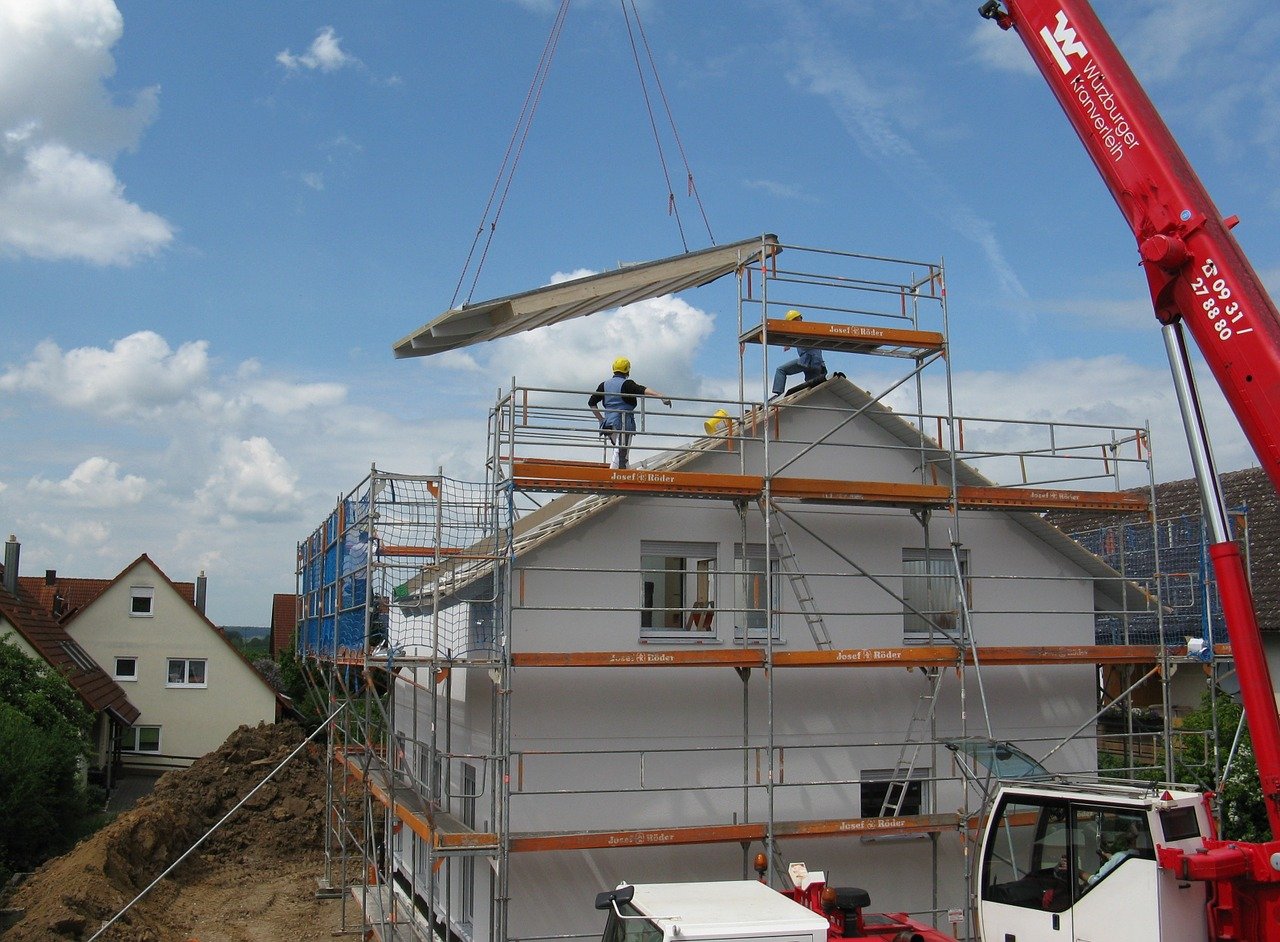
Backing vehicles Explain dangers Every year, workers are killed and injured by backing vehicles and machinery. The main problem is blind spots around heavy equipment. If you’re in a blind spot and the operator doesn’t know you’re there, you could be struck by heavy equipment. The hazards increase in congested areas where vehicles and heavy […]
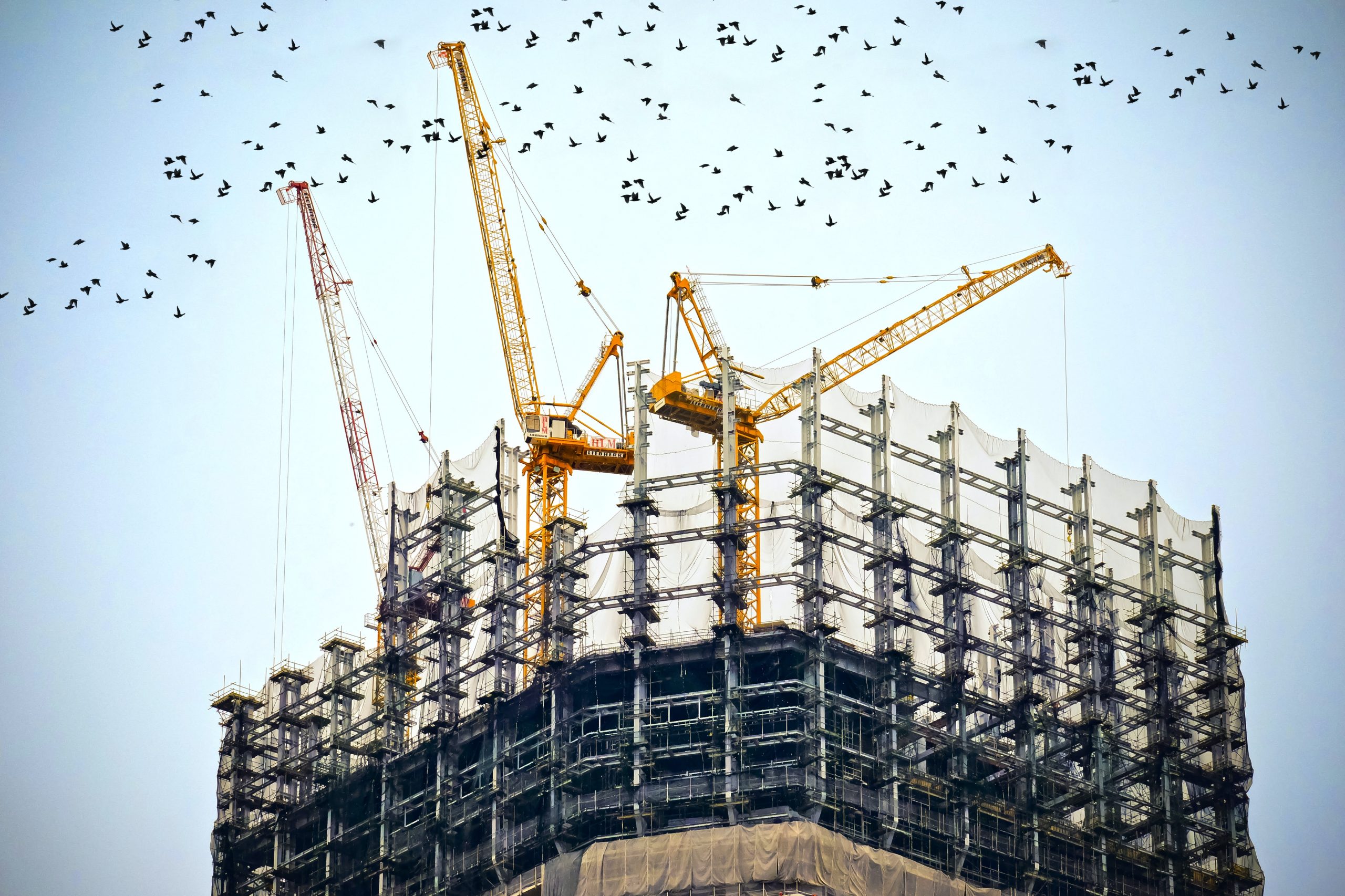
Electrical Contact – Roofing Explain dangers Cutting into existing roofs and mechanically fastening insulation are common jobs for roofers. One of the hazards they face when doing these jobs is contact with electrical services. Electrical conduits or cable could be just beneath the membrane of the roof. They could also be mounted to the underside […]
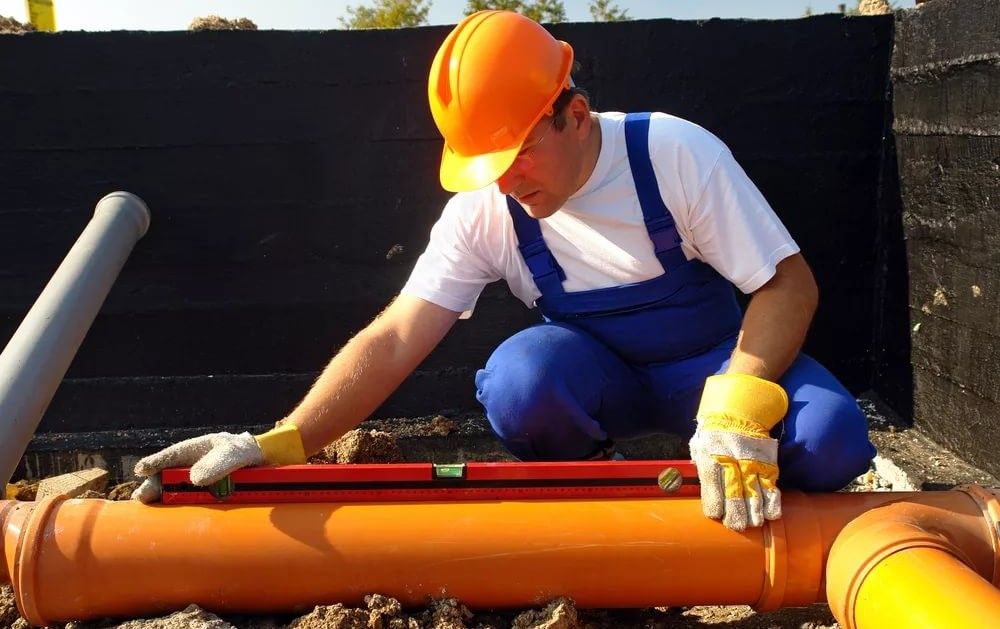
Underground Utilities Explain dangers Buried gas and electrical lines present a serious risk of injury and death. Utility pipes, conduit, and cable may be damaged by: • Digging without locates or with inaccurate locates • Careless excavation once the utilities have been located and marked • Failure to support exposed utilities once they have been […]

Temporary lighting Adequate lighting must be provided in areas where workers are present. Entrance and exit spaces must also be illuminated. Explain dangers Electricians have been electrocuted while setting up temporary lighting. Frequent relocation of circuits can loosen connections, break insulation, and create other shock or electrocution hazards. Steel door frames can become electrified when […]
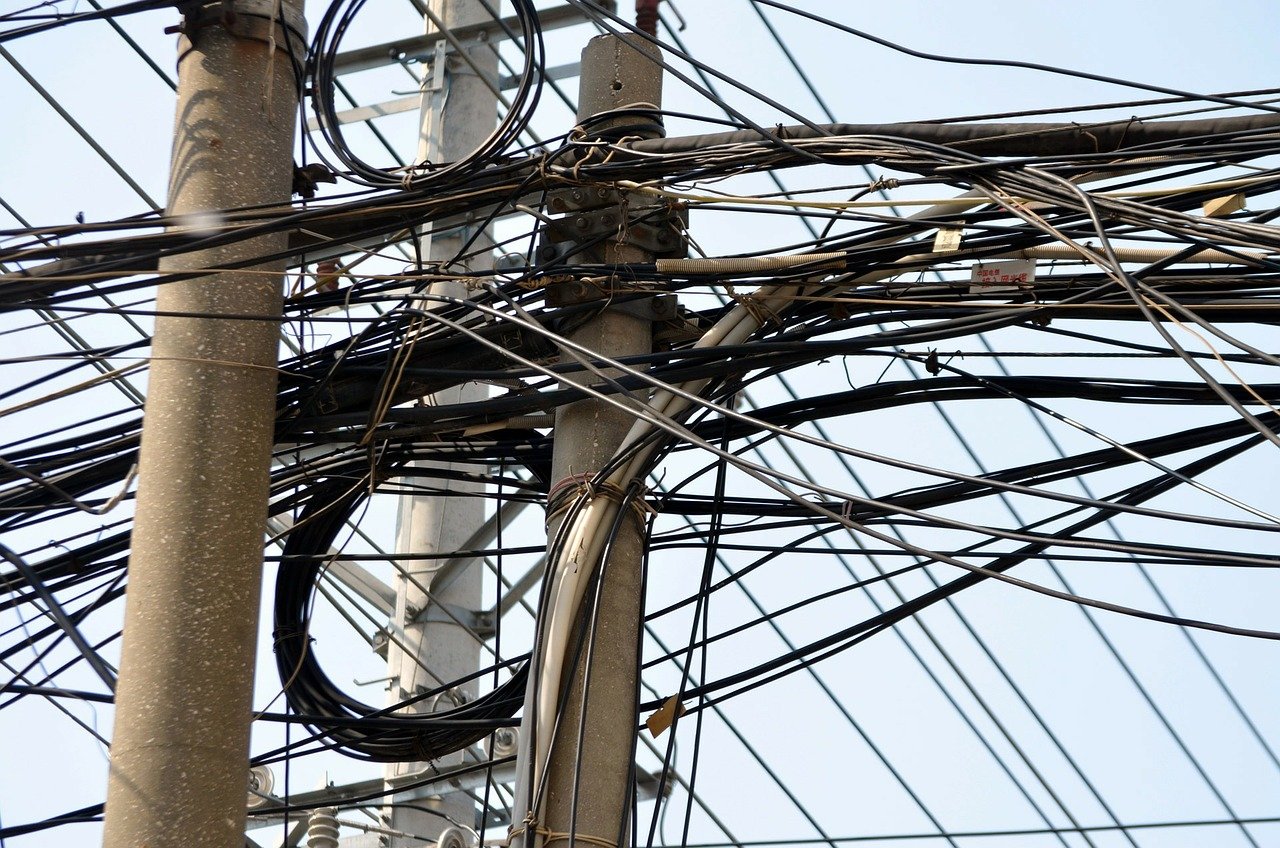
Powerline contact Explain dangers Powerline contact is a major cause of fatal accidents and critical injuries. These types of incidents usually involve heavy equipment such as backhoes, dump trucks, boom trucks, cranes, and excavators. Beware of contact when moving extension ladders, rolling scaffolds, long lengths of pipe, and siding. Also, beware of the powerline moving […]
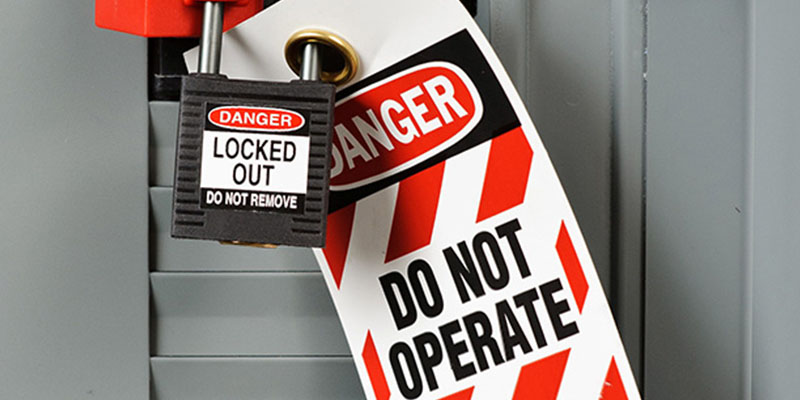
Lockout and Tagging Explain dangers Lockout and tagging ensures that hazardous energy sources are under the control of the workers needing protection. Lockout often involves workers using a padlock to keep a switch in the “off ” position, or to isolate the energy of moving parts. Tagging is how you tell others that the device […]
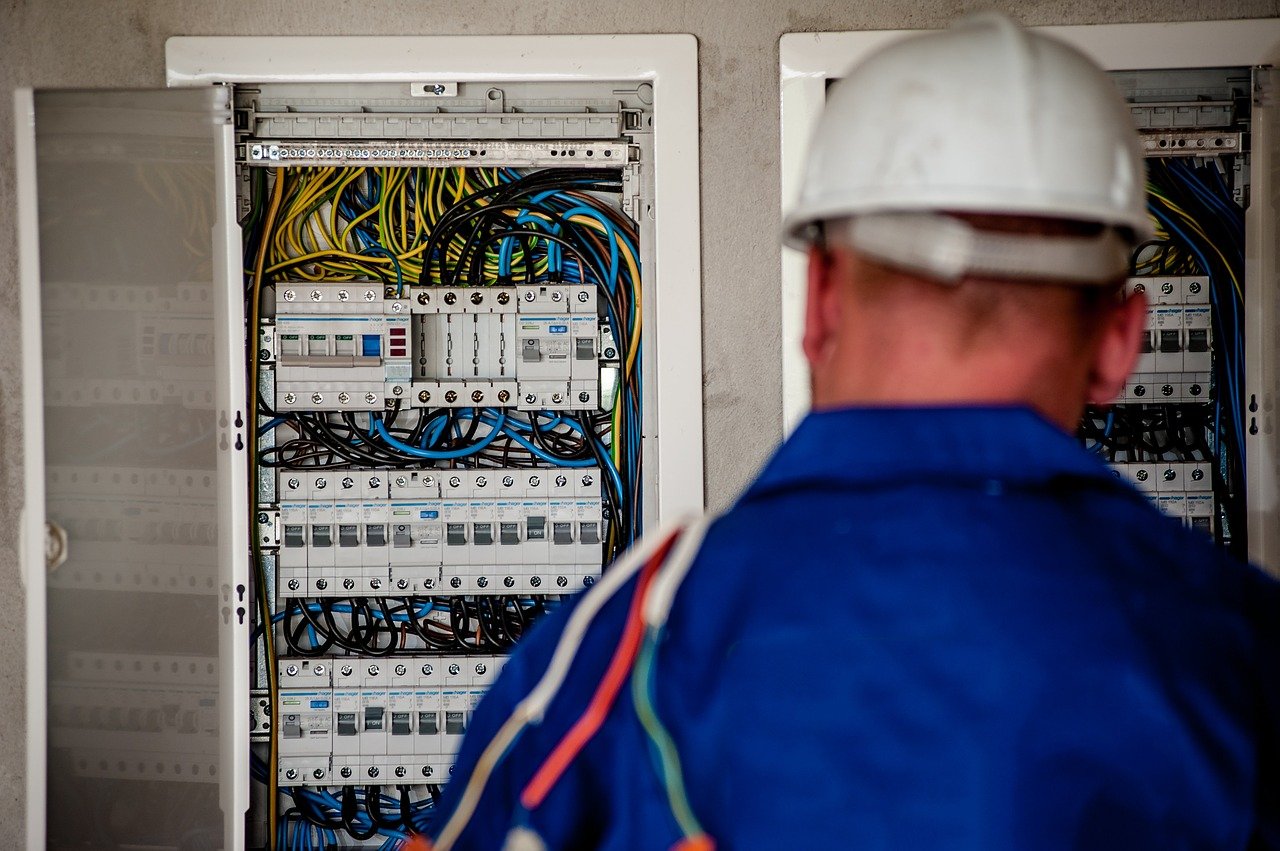
Electrical safety Explain dangers Using electricity on site can be hazardous, especially when it comes to tools, cords, and panels or generators. Identify controls Consider all electrical wires and equipment energized until they are tested and proven otherwise. Section 182 of the Construction Projects regulation states that “No worker shall connect, maintain or modify electrical […]
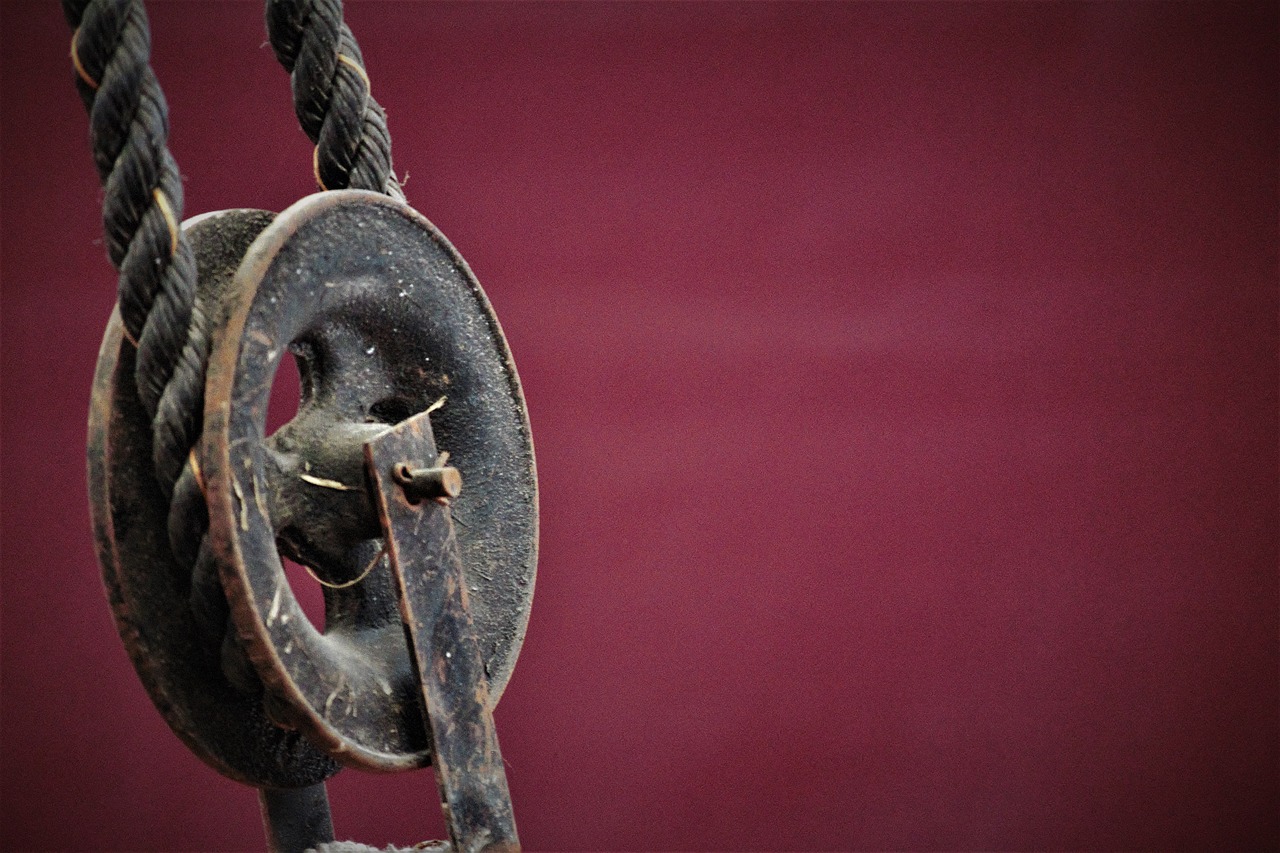
Gin Wheels or Pulley Wheels Explain dangers Using a gin or pulley wheel is a low-cost and convenient way of raising or lowering a load. However, these are some risks associated with using gin or pulley wheels: • A hoisting rope that does not have a proper safety hook or knots at the end. • […]
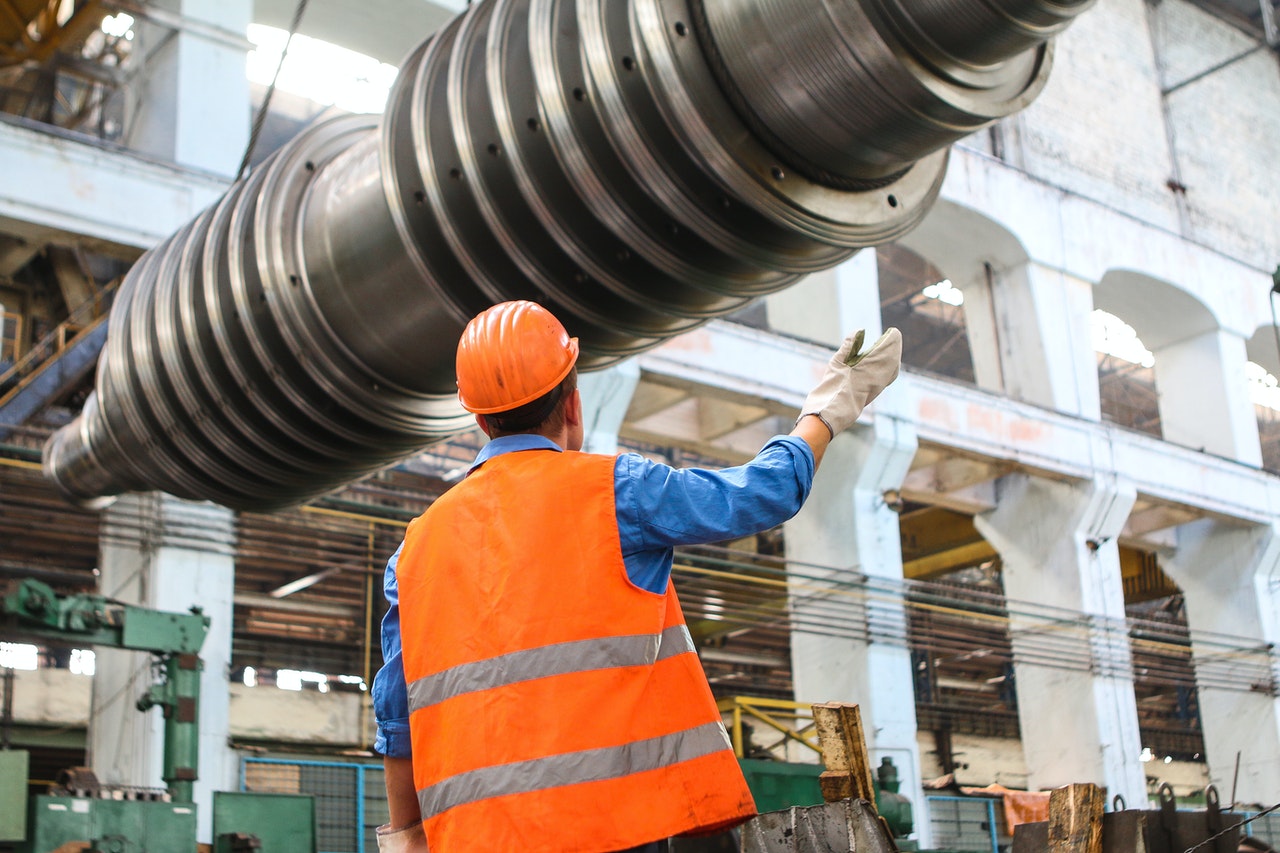
Hoisting signals—Demonstration Demonstrate Demonstrate the hoisting signals below with your crew. Ask them to show you the signals for “Load Up,” “Turn Right,” and “Use Main Line.” Ask them to practise them so that they become natural. Hand out IHSA’s Hand Signals for Hoisting Operations Card (V002). For more information, visit the IHSA website.
